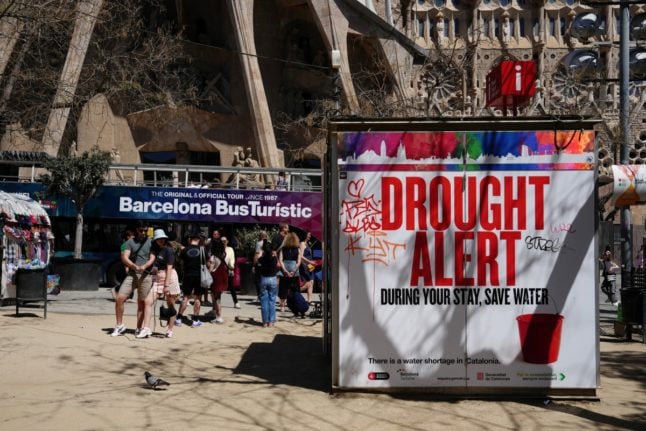The High Court of Justice of the Balearic Islands (TSJIB) had previously ruled against the policy in September 2021, but the superior court has now overruled it and endorsed the council’s efforts to limit the tourist rental market and protect locals from being priced out of the area.
According to the ruling, only houses and villas in certain zones can be rented out to tourists and not multi-home apartment buildings.
READ ALSO: Spain’s Balearic Islands want to limit number of tourists
In Palma, tourists can only rent single-family homes, detached isolated houses or villas, except those located on protected land, close to the airport or in non-residential areas such as industrial estates.
Market battle
This comes after a year-long battle by the local government to protect locals against the tourist rental market. In Palma, rapidly rising rental prices have driven out many locals and some have even been forced to live in caravans because they’ve been priced out by tourists.
Property developers buying up apartments for short-term tourist rentals have also hit supply, which has in turn added to the price rises.
According to the Consell de Palma, 33 percent of families on the island rent their homes because the price of buying property has soared due to pressure from the tourism sector and the international market. The Balearic Islands is the region with the second most expensive rents in Spain and are leaders in tourist housing.
READ ALSO: Spain’s Balearics seek ‘quality’ tourism model with hotel building embargo
In the summer of 2017, the Balearic regional government passed the Regional Tourist Rental Law 6/2017, an extension of the Tourism Law 8/2012, which introduced fines of up to €400,000 for companies that advertised properties without a reference number that guaranteed their compliance with rental restrictions.
Since July 2018, apartment owners in Palma have not been able to rent their homes to tourists. This ruffled feathers in the tourism sector and legal battles led by the holiday rental association Habtur have gone back and forth since. Now, however, it seems the Supreme Court may have settled the debate and prioritised the local community over the tourist market.
READ ALSO: Spain’s Menorca gets green light to limit cars
National model?
Mayor of Palma, José Hila, said the Supreme Court ruling will serve as a precedent at a national level and could inspire similar models in other touristy cities. “Many cities are going to follow our path because there is a clear judicial endorsement to be able to do so,” the mayor said on Wednesday.
At a press conference accompanied by MES and Podemos councillors, the PSOE mayor said the Supreme Court ruling supports the council’s reasoning behind its rental policy.
Tourist rentals, the council argues, lead to a “substantial modification of the concept of housing”, which has, in turn, had “an impact on the makeup and coexistence of neighbourhoods”, as well as on resources, and has affected “the availability of properties for residents,” Hila said.
The Balearic Islands received 16,475,579 tourist arrivals in 2022, a figure that reached almost pre-pandemic levels back in 2019.
Up until September 2022, the Balearic Islands could even compete in the top 20 rankings of the most visited countries in the world, coming in sixteenth place, just on its own.




 Please whitelist us to continue reading.
Please whitelist us to continue reading.
Member comments